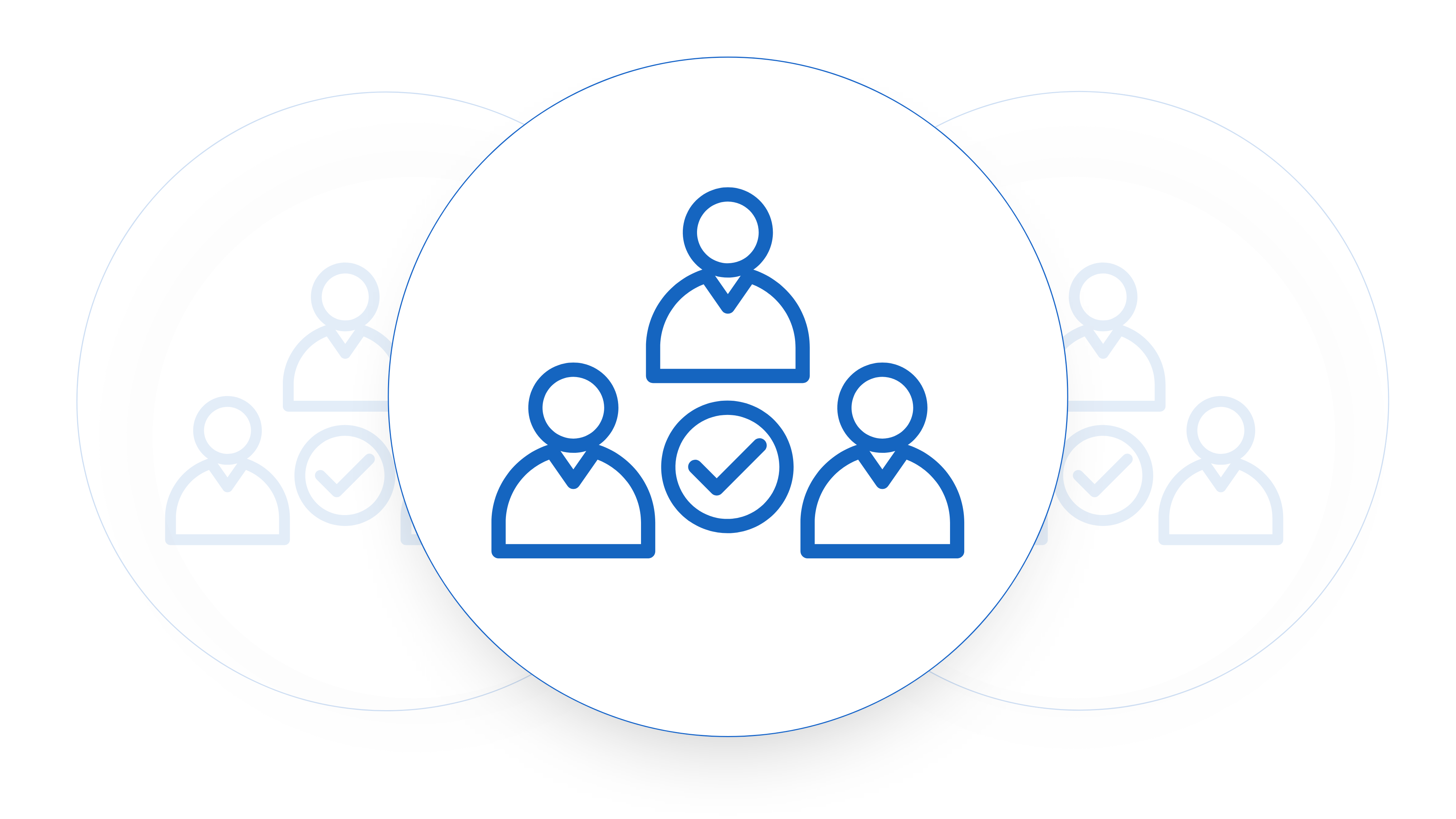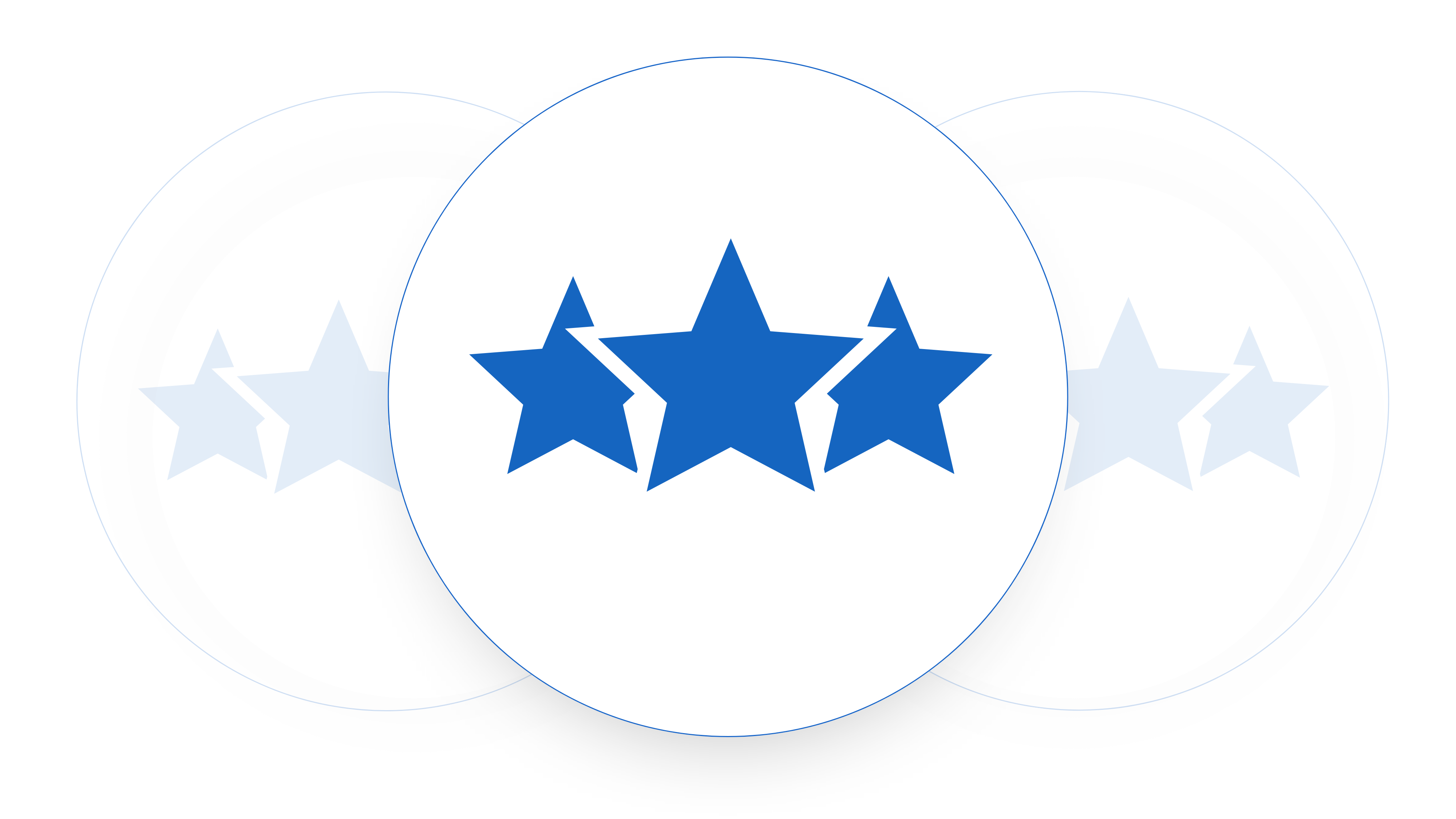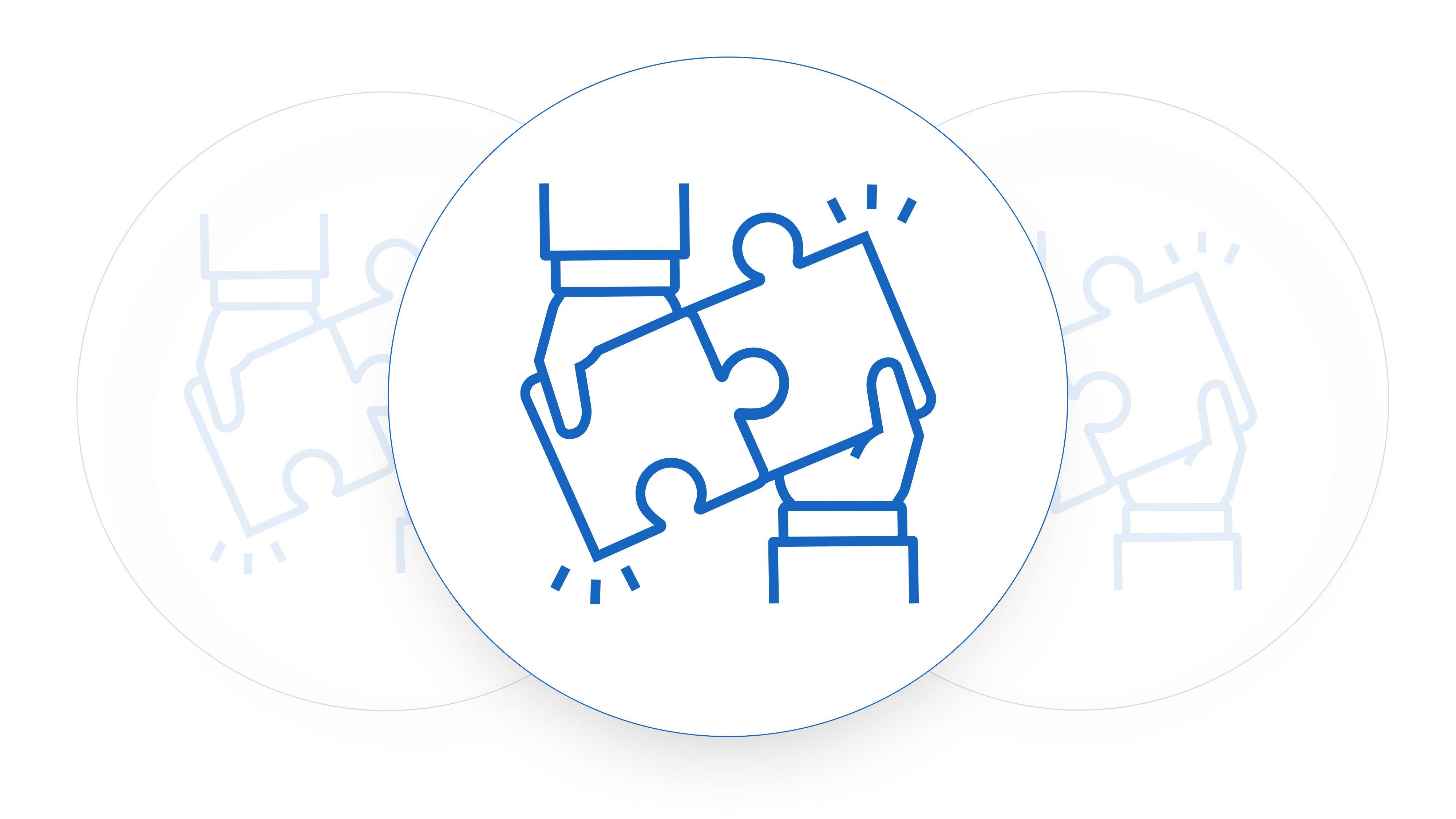Data is the new lifeblood of startup companies. The faster you can get data and the better quality the data is the more likely you are to be able to make the decisions that will allow your startup to succeed. Knowing how to track SaaS contracts will give you good structured SaaS contract data and set a source of truth based on signed contracts. Let’s start with how to access your contract data.
Extracting contract data from PDFs and Word Docs
Data getting captured in PDFs and Word Docs is one of the worst things for a company. And contract data is prone to being frozen in these formats which makes it impossible to query and even more impossible to pull insights out of. It’s not a big problem when you get started, you’re more focused on closing sales than analyzing them. But as you grow you’ll find that the data you have in contracts becomes more and more important. Ultimately a contract is the truest form of customer data that you have for a sale as it lays out the exact details of the what and the when of the transaction, this makes the question of how to track SaaS contracts all the more important.
How do you extract data and build a process for contract tracking?
There are a couple of ways that this can be done depending on where you’d like to put the work of contract data wrangling in your sales pipeline.
The gold standard is to build out your product SKUs in your CRM and integrate this with a contract template which will generate a contract based on exactly what your CRM holds. What this does is negate the need to extract data from contracts as your contracts will simply reflect what your customer database (CRM) stores, and you can use your CRM to extract data. This is the gold standard for a reason. This assumes that your product is far enough along the product lifecycle that you have clearly defined SKUs, your discounting and price points are well defined and you can have simple work orders that reference terms and conditions on your website. If you’re that far down the path this issue probably isn’t one you’re facing.
Capturing contract data in your sales pipeline
If you haven’t got there yet you can look at either putting the extraction process before or after closed won in your pipeline. Before assuming that someone in your sales team will update appropriate fields in your CRM to reflect everything that goes into the contract. Although I have seen this done before one negative of this approach is that you can generally only get the basics documented. Salespeople are amazing at what they do but they are not generally good at pulling out the nuances of a contract and documenting them. This said there are often ways to enforce the collection of some of the basic information that can be extremely useful. Pipelines in Salesforce or Hubspot can be created that force certain fields to be entered before a deal is moved to a closed won stage which can make collecting things like the start and end dates of a contract an easy task.
One issue with this is that you are then relying on someone who is incentivized to close deals as fast as possible to take extra time in a data transfer process. Some issues arise here when it comes to how to track SaaS contracts. It can create multiple opportunities for data translation errors and ultimately make your CRM a fuzzy source of truth. It can also mean that fields are filled before the finalization of the contract meaning that last-minute changes may not be reflected in your data, again, just another possible error.
Moving the data extraction process to be after closed won is the other option you have. This generally means that the process is no longer handled by the sales team. With it off their plate, you’d look to a revenue operations team member or even a finance team member to review contracts and extract the data for you. As these are roles whose primary focus isn’t net new sales they can bring or be trained with an understanding of contracts and the important clauses. You can start building out your data structures with more detail to include things like liability caps or service level agreement standards.
Where is best to capture my customer contract data?
At the end of the day you want to be capturing this in your CRM. Why? Because that’s where you are surfacing customer data to your sales team as well as possibly your customer experience and service teams. By surfacing this data in your CRM you allow your customer-facing staff to have data about customers at their fingertips at all times. Most CRMs also now have easy-to-use and no-code data integrations that will allow you to push this data into different tools for business intelligence. You’d be surprised what you can do with a contract Excel data sheet by combining it with other data.












